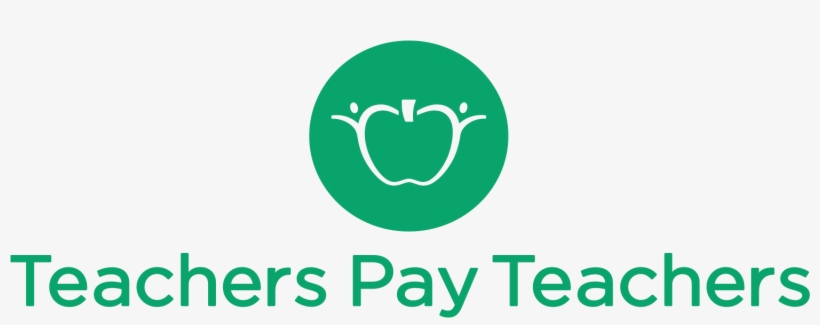Reading comprehension is at the heart of literacy instruction, yet it’s often one of the most challenging skills for young learners to master. As a math interventionist who also supports reading instruction, I’ve found that guided questioning is one of the most powerful tools for helping students move beyond surface-level reading and begin thinking deeply about texts.
In this post, I’ll share practical strategies for using guided questioning to scaffold comprehension and spark meaningful reading discussions—even with struggling readers.
What Is Guided Questioning?
Guided questioning is a teaching strategy where the teacher poses specific, intentional questions before, during, and after reading to help students engage with the text. These questions guide students toward a deeper understanding by encouraging them to:
- Make predictions
- Visualize events
- Infer meaning
- Analyze character motives
- Summarize key ideas
- Reflect on themes or personal connections
Why It Works
Many students—especially those who are below grade level—don’t automatically ask themselves questions while they read. By modeling this internal dialogue through guided questioning, we help build their metacognitive skills. Over time, students internalize the questioning process and begin to monitor their own comprehension independently.
"The process of scaffolding comprehension through guided questioning can be broken into three phases—before, during, and after reading. Here’s a quick visual to show how it all connects:"
Three Simple Steps to Get Started
1. Use a Questioning Framework
 |
|
- Literal: “What did the character do after school?”
- Inferential: “Why do you think the character made that choice?”
- Evaluative: “Do you agree with how the story ended? Why or why not?”
2. Model and Think Aloud
When introducing a new text, model your thinking out loud:
“Hmm... I wonder why the author repeated that word. Could it be important?”
“I’m confused by this part. Let me go back and reread.”
By verbalizing your thought process, you normalize the act of questioning and show students that even strong readers reread, predict, and question as they go.
3. Encourage Partner or Small Group Discussion
After modeling, give students time to try it out. Whether in a small group or with a reading partner, provide a few guiding questions on a whiteboard or task cards. You’ll be amazed at how much more confident and focused their discussions become when they’re given structure and purpose.
Bonus Tip: Pair Questions with Graphic Organizers
If your learners need extra support, consider pairing guided questions with graphic organizers such as:
- Character maps
- Cause and effect charts
- Story sequence charts
- Question/answer flipbooks
These visual supports can help students organize their thinking and make abstract ideas more concrete.
Final Thoughts
Guided questioning is a simple yet powerful strategy that builds comprehension from the ground up. With intentional modeling and consistent practice, your students will begin to approach reading with curiosity and confidence.
Have a favorite question stem or strategy you love using in your classroom? I’d love to hear it in the comments!
Want more posts like this or resources that support reading? Be sure to follow along and check out my TeachersPayTeachers store for tools that align with the strategies I share here.




